Construction crews have started work on a $13-million repair and restoration project at the 74-year-old Aquacourt building, a classified federal heritage structure at Radium Hot Springs in B.C.’s Kootenay National Park.
The landmark concrete and stone U-shaped building, which sits in the basin of the Sinclair Canyon at the foot of Redstreak Mountain, is being fixed to protect it from flooding and improve the visitor experience.
Culverts are being installed under the building to direct the flow of water and protect the underpinnings, in addition to other upgrades. A rectangular “cool pool” at the front of the facility is also slated to be repaired.
The work will help aid conservation efforts by adding erosion protection to safeguard nearby fish habitats.
“Foundation work will include casting additional concrete footings and columns in place to support the underpinning of the channel ceiling,” Blake Correia, public relations and communications officer with the Lake Louise, Yoho and Kootenay field unit of Parks Canada, explained in a statement to Journal of Commerce.
“Precast concrete box culverts will be fabricated off-site and lowered into place using a crane and track system.”
The back of the structure straddles Sinclair Creek, which is home to aquatic species, including freshwater trout. Installing the culverts will enable water in the creek to be redirected so the foundation is protected.
“The proposed upgrades will stabilize flow through the creek and protect nearby habitat, should erosion or flooding events occur,” noted Correia. “Riprap of varying size will be used to provide support to the north and south banks of Sinclair Creek.”
Substantial safety and accessibility work is also slated for the cool pool. A surface-level gutter system is being installed to allow visitors to easily enter and exit the pool and enable lifeguards to safely execute rescues. Handrails will be renovated to make it easier to enter and exit the pool. A new lift is being installed to improve accessibility.
Construction work at the facility began in mid-January. The initial phase of the project will take about three months and the entire venture is expected to be completed before summer.
A hot pool at the venue will still be open while the work is underway. Crews are taking precautions to ensure the safety of visitors but there is expected to be construction noise at the hot pool throughout the work period.
“The cool pool will be closed for the duration of the project as work on the Aquacourt will be located in and around the cool pool,” Correia stated. “Although construction in winter requires additional planning, the decrease in water flow provides optimal conditions for work in the creek area. The current construction timeline will allow for completion of the project before increased water flow in the spring.”
The Aquacourt is one of three operational hot springs facilities within the national parks system. It was built in 1949 to make use of the naturally occurring hot springs as well as the cooler water of the creek.
The building itself is characterized by strong, horizontal lines with smooth surfaces and exposed concrete at the columns and floor plates. It is comprised of a basement, main level, penthouse and roof terrace.
According to Correia, the Aquacourt is important because it was one of the first major post-war building projects in the western national parks system. The structure, designed by architect Ernest Brown, opened in 1951 and marked a shift in the national park design philosophy from the rustic esthetic to a more international style.
The building was designated as a classified federal heritage structure for its architectural value, environmental significance and historical associations.
Over the years, alterations have been made to the building to accommodate the increasing number of visitors. Between 2016 and 2019, Parks Canada invested more than $9.5 million on initial phases of restoration. During the multi-staged projects, the mechanical and electrical systems were upgraded, the restaurant, gift shop and change rooms were renovated, the rooftop sundeck was replaced, energy efficient technology was introduced and excess geothermal energy from the hot springs was captured for use.
Correia stated the infrastructure project presents an opportunity for Parks Canada to implement broader Government of Canada objectives for mitigating against the impacts of climate change, minimizing greenhouse gas emissions, reducing the environmental footprint and focusing on sustainability, while ensuring efficient, modern, accessible and inclusive facilities that will benefit all Canadians.
Historic buildings and aquatic facilities require significant resources to operate and maintain, he pointed out, as repairs and maintenance occur at increased frequency when compared to new buildings. Minerals in spring water at the Aquacourt building also significantly shorten the operating life of the infrastructure.
“The current project will complete the restoration work and help ensure the heritage of the Radium Hot Springs Aquacourt is protected and it continues to be a cherished visitor experience for years to come,” stated Correia.
Money for the project is part of the federal government’s recently announced funding of $557 million over three years for continuation of infrastructure projects and maintenance work for Parks Canada assets.


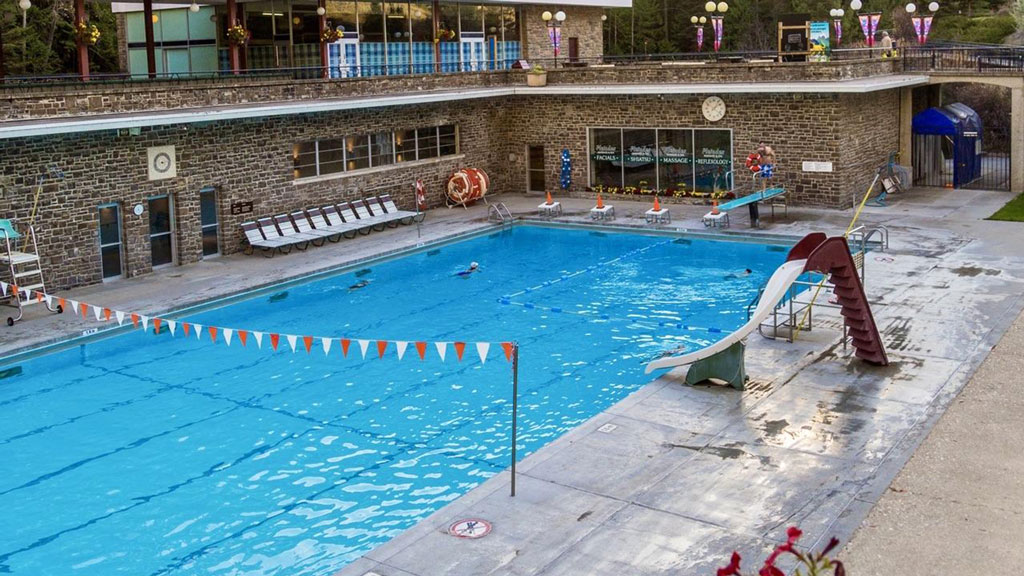
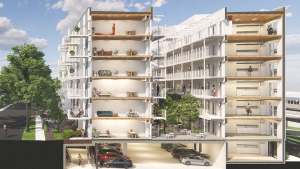



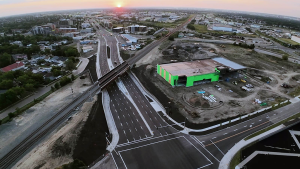

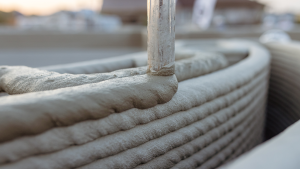
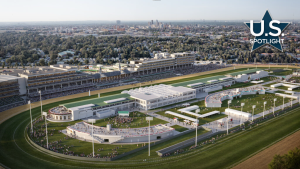
Recent Comments
comments for this post are closed